MKONG Token Value Calculator
Calculate MKONG token value considering real-world trading conditions. Note: Actual value may vary due to extreme price volatility and liquidity risks.
Enter amount and select source to see estimated value
When you hear a name like MKong Ventures ($MKONG), the first question is usually "what does it actually do?" In short, it’s an ERC‑20 utility token that lives on the Ethereum blockchain, but the reality on the ground looks very different from the hype you might see on social feeds. This guide walks through the token’s basics, market data, technical quirks, and the real risks you face if you consider buying, holding, or trading it.
Key Takeaways
- MKONG token has a fixed total supply of 200million, but Coinbase reports zero circulating supply.
- Liquidity is extremely thin - the only meaningful daily volume comes from Uniswap V2, around$480.
- Price data varies wildly across platforms: $0.0232 on Coinbase vs $0.0072 on CoinMarketCap.
- The token is classified as a low‑cap meme‑coin with no clear utility beyond speculation.
- Regulatory red flags exist; the SEC treats similar tokens as potential securities when marketed with profit promises.
1. Technical Foundations - ERC‑20 on Ethereum
MKong Ventures is built as an ERC‑20 token, which means it follows the standard interface for fungible assets on the Ethereum blockchain. The token’s contract does not expose minting or burning functions, so the total supply of 200million $MKONG is hard‑capped. Because it lives on Ethereum, you need an Ethereum‑compatible wallet (MetaMask, Trust Wallet, or Binance Web3 Wallet) to store or move it. Gas fees apply to every transaction, and they can spike during network congestion, adding hidden costs for a coin that already struggles with liquidity.
2. Market Snapshot - Prices, Volume, and Listings
As of 14October2025, the token’s price is inconsistent across data aggregators:
- Coinbase: $0.0232 per $MKONG (zero reported circulating supply).
- CoinMarketCap: $0.007192 per $MKONG.
- Bitget: $0.00 (no volume).
- Uniswap V2 (Ethereum): $0.011‑$0.014 range, with a 24‑hour trading volume of roughly $476.78.
These numbers hint at a fractured market. The token’s all‑time high is disputed - Coinbase cites $0.17, while Coinpaprika records $0.051093. The lack of a unified price feed makes gauging real value difficult.
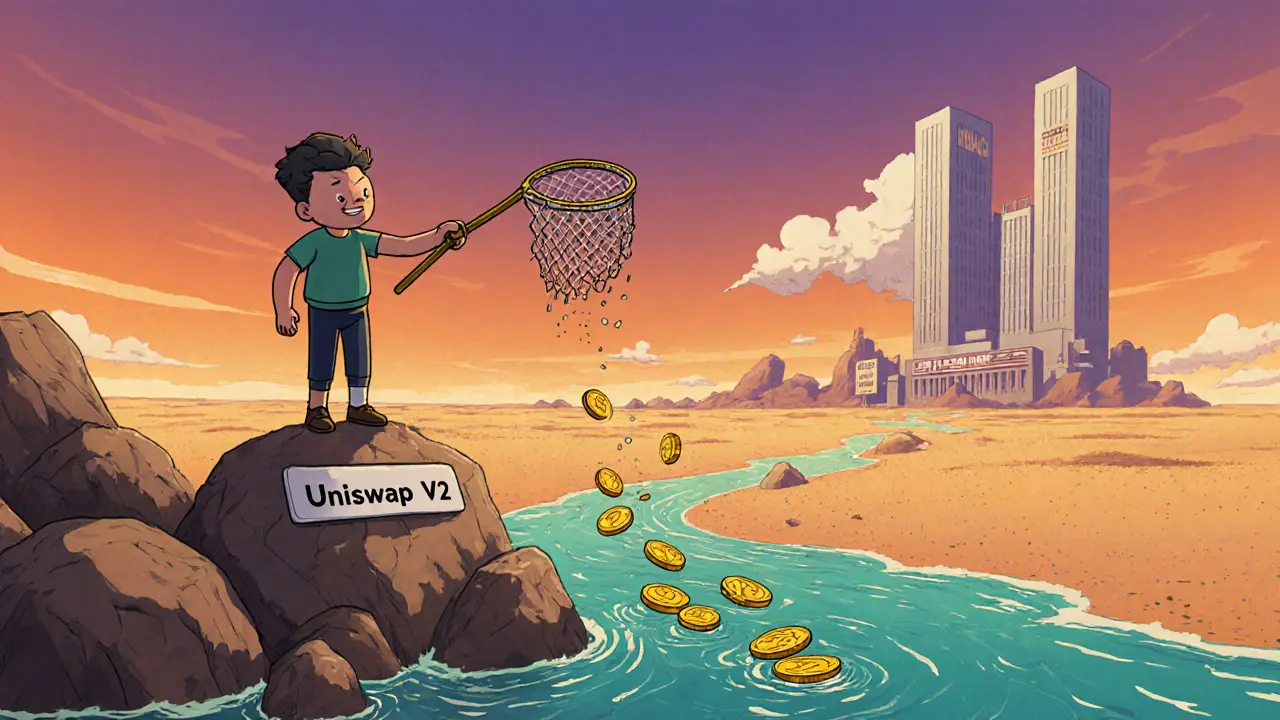
3. Liquidity Challenges - Why Trading Is Hard
The biggest practical obstacle is liquidity. Centralised exchanges (Coinbase, Bitget) list the token but report zero volume, which means any order placed there will sit idle. The only place you can actually move $MKONG is on a decentralized exchange (DEX) like Uniswap V2. With only $476 of daily volume, even a modest trade can cause slippage that eats up a large portion of your order. In practice, this means you might lose 10‑30% of the intended amount simply because there isn’t enough buying or selling pressure.
4. How $MKONG Stacks Up Against Popular Meme Coins
| Metric | MKONG | Dogecoin (DOGE) | Shiba Inu (SHIB) |
|---|---|---|---|
| Total Supply | 200M | 130B | 589T |
| Market Cap (approx.) | $0 (reported) | $14.2B | $3.8B |
| 24‑h Volume | $476 (Uniswap) | $1.2B | $750M |
| Price (mid‑range) | $0.01‑$0.02 | $0.083 | $0.000018 |
| Exchange Coverage | Coinbase, Bitget (no volume) + Uniswap V2 | Coinbase, Binance, Kraken, many DEXs | Coinbase, Binance, many DEXs |
Even at a glance, you can see MKONG sits in a completely different league. Its market cap is effectively zero, and the volume is a fraction of a single meme coin’s daily trade. The token’s lack of community, merchant acceptance, or development road‑map further widens the gap.
5. Regulatory Landscape - Is $MKONG a Security?
In October2024, the U.S. Securities and Exchange Commission (SEC) released guidance that tokens marketed primarily with profit‑oriented incentives could be deemed securities. MKONG’s promotional programmes on Bitget - “Learn2Earn” and “Assist2Earn” - give away free tokens for referrals, a classic red flag in the SEC’s view. While no formal enforcement action has targeted MKONG yet, the token’s ambiguous circulating supply and heavy reliance on hype make it a potential regulatory risk. Investors should treat it as a high‑risk speculative asset and be prepared for possible delistings or legal scrutiny.
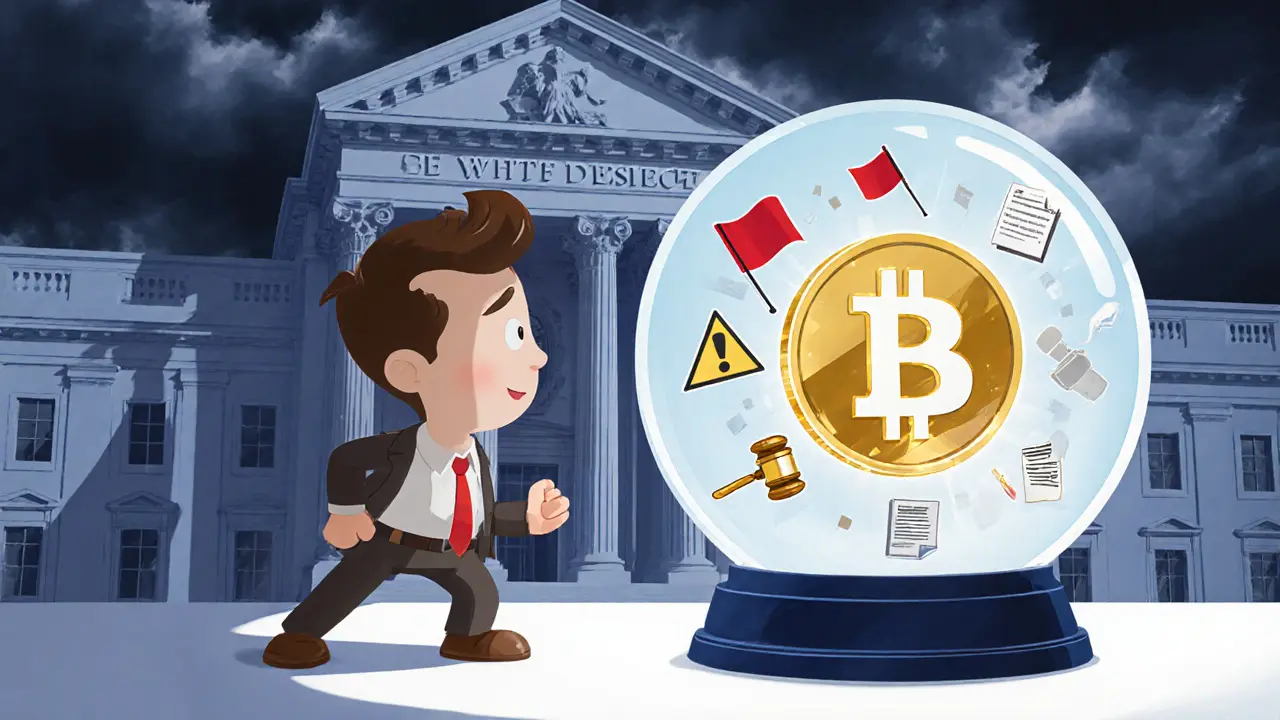
6. Buying & Storing $MKONG - Step‑by‑Step
- Install an Ethereum‑compatible wallet (MetaMask, Trust Wallet, or Binance Web3 Wallet).
- Purchase ETH on a major exchange (Coinbase, Binance) and transfer it to your wallet.
- Connect your wallet to Uniswap V2 (https://app.uniswap.org).
- Swap ETH for $MKONG using the token contract address
0x… (insert actual contract address). Double‑check the address to avoid scams. - Confirm the transaction, paying the required gas fee (usually $2‑$5 at current network rates).
- After the swap, you’ll see $MKONG in your wallet’s token list. Add the token manually if it doesn’t appear automatically.
Because centralized exchanges show no liquidity, the above DEX route is the only practical method. Remember, slippage settings above 5% are common on Uniswap for MKONG, so you may receive far fewer tokens than expected.
7. Risk Profile - What Could Go Wrong
- Liquidity risk: Tiny volume means you may not be able to sell when you want.
- Price inconsistency: Different feeds list wildly different prices, leading to arbitrage confusion.
- Regulatory risk: Potential classification as a security could trigger delistings.
- Utility vacuum: No known use‑case beyond speculation; no merchant adoption.
- Supply opacity: Coinbase lists zero circulating supply despite price activity, raising transparency concerns.
For these reasons, most analysts label MKONG as a “high‑risk meme token” with a survival probability of less than 5% beyond three years, according to a September2025 CoinDesk study of low‑cap projects.
8. Outlook - Is There Any Reason to Hope?
Proponents quote speculative price targets: $0.0711 in the near term, $0.11 by 2032. Those numbers come from community‑driven forecasts with no clear methodology. The only tangible upside currently is the token’s exposure to Uniswap’s liquidity pools, which could attract small‑scale traders looking for cheap entry points. However, without a solid roadmap, community growth, or partnerships, the token’s upside remains purely speculative.
Frequently Asked Questions
What is the total supply of $MKONG?
The token has a fixed total supply of 200million $MKONG, and no minting or burning functions are visible in the contract.
Why does Coinbase show zero circulating supply?
Coinbase’s data feed currently reports zero circulating supply, likely because the token is not listed for trading on its platform. The token still trades on Uniswap, which creates a de‑facto circulating amount that is not captured by Coinbase.
Can I buy $MKONG on a centralized exchange?
No. Centralized exchanges like Coinbase and Bitget list the token but show zero volume. The only viable way to acquire it is through a decentralized exchange such as Uniswap V2.
What are the gas costs for swapping $MKONG?
Gas fees depend on Ethereum network congestion. As of October2025, typical swaps cost between $2 and $5 in ETH. During peak periods, fees can spike above $10, which is significant given the token’s low price.
Is $MKONG considered a security?
The SEC has not issued a formal ruling on MKONG, but its marketing tactics (free‑token referral programs) fit the agency’s criteria for potential securities. Investors should treat it as high‑risk and stay alert to regulatory developments.
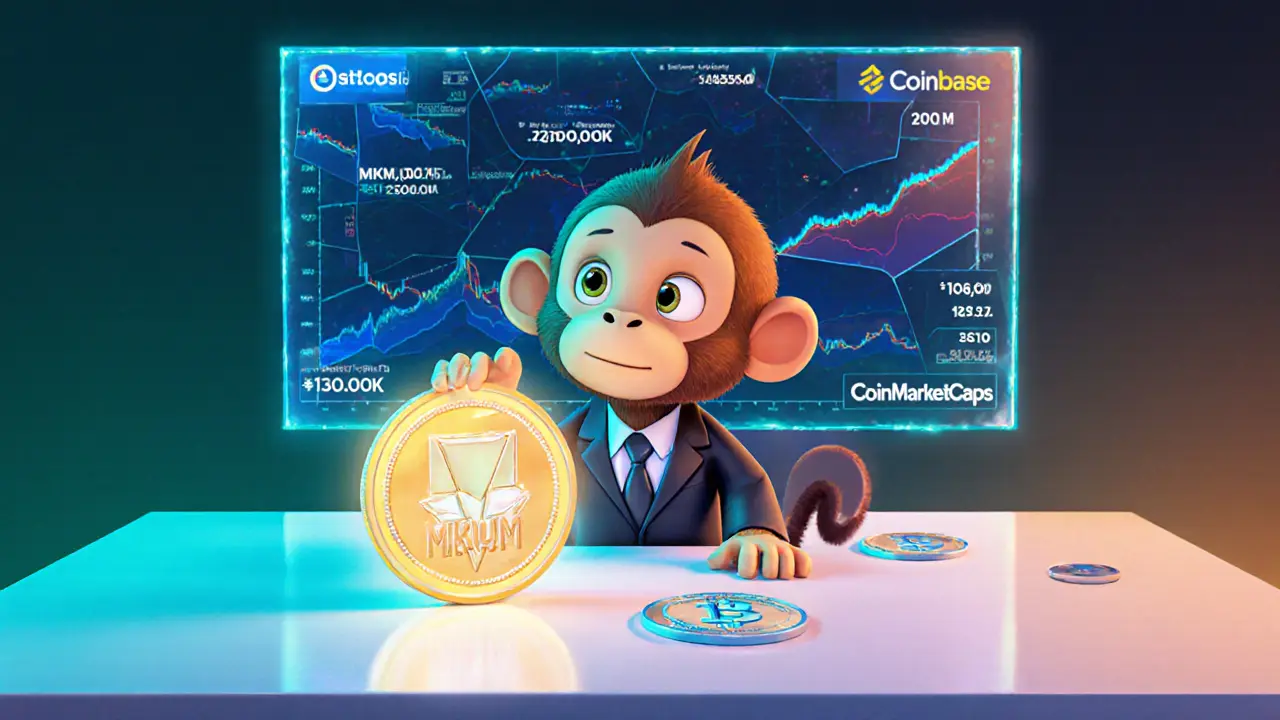
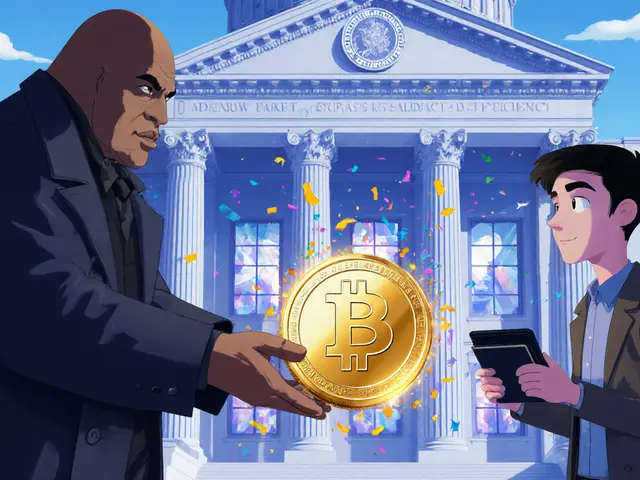
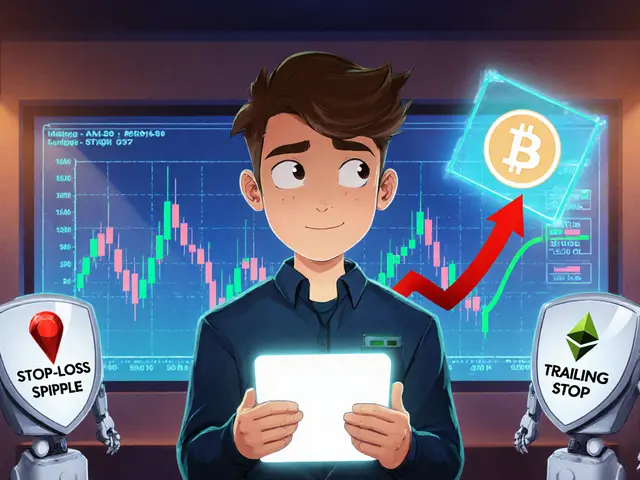
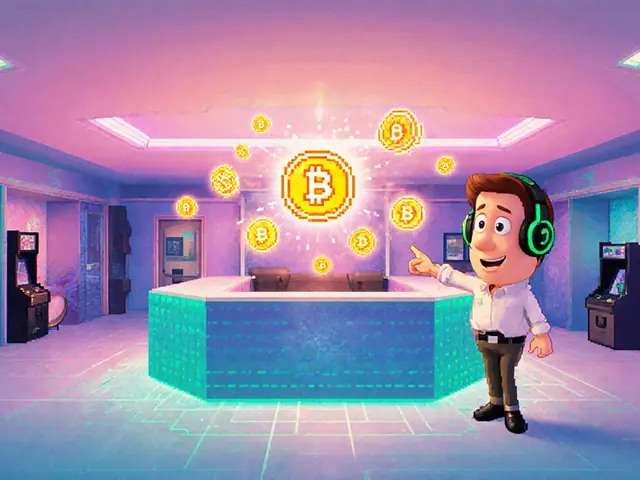
12 Comments
VEL MURUGAN
Look, the MKONG token is nothing more than a speculative pump‑and‑dump scheme. Its price discrepancies across exchanges prove there’s no genuine liquidity. The absence of reliable circulating supply data should raise a red flag for any rational investor. Even a friendly disclaimer can’t hide the underlying fraud.
Russel Sayson
When you dive into the MKONG ecosystem you quickly discover a perfect storm of volatility, opacity, and unchecked hype. The token’s price swings between $0.007 and $0.023 within minutes, a clear symptom of a market that is being weaponized by whales. Such arbitrary pricing cannot be explained by fundamentals; it is a textbook example of price manipulation. Moreover, the slippage ranges posted – up to 30% – indicate that any trade you attempt could be eaten alive before it even settles. This is not merely risk; it is a structural flaw baked into the contract. The lack of a transparent circulating supply compounds the mystery, leaving analysts grasping at shadows. From a philosophical standpoint, the token epitomizes the modern pursuit of quick riches over sustainable value creation. It forces us to ask whether we are merely pawns in a grander speculative theater. The answer, in stark terms, is yes – unless you are willing to gamble your entire portfolio. Economic theory tells us that assets with no intrinsic utility tend to decay, and MKONG fits that narrative perfectly. The project's roadmap reads like a marketing brochure, with promises that never materialize into concrete deliverables. Investors who ignore these warning signs are not only reckless but also complicit in perpetuating an ecosystem built on misinformation. The community chatter on Discord and Telegram is filled with hype, yet silence surrounds any verifiable technical progress. In short, the token is a high‑risk mirage that thrives on the gullibility of new entrants. Proceed with the caution of a seasoned skeptic, and you may just avoid a catastrophic loss.
Isabelle Graf
If you’re not terrified of losing every cent, you’re morally bankrupt.
Shane Lunan
MKONG looks like another meme token it’s got wild price jumps and no real use case just another gamble for the bored
Jeff Moric
Hey folks, I get why this looks risky, but if you’re curious about how slippage works, try a tiny trade on a testnet first. That way you can see the impact without risking real money, and you’ll learn a lot about order books and liquidity pools.
Jordan Collins
Indeed, the absence of a clear utility framework makes it challenging to justify any investment. From a methodological perspective, one should examine on‑chain metrics such as active addresses and transaction volume, none of which are convincingly robust for MKONG. Until those signals improve, treating it as speculative exposure is the prudent approach.
Ken Lumberg
To willfully ignore these red flags is to endorse a system that preys on the financially naïve, and that is simply unethical. Investors have a duty to demand transparency, not to surrender blindly to hype.
Blue Delight Consultant
The whole MKONG saga feels like a neverending loop of hype and disapointment, its like watching a circus that never leaves the tent. I cant help but wonder if the devs are just chasing the next shiny token trend, maybe they think the world will forget the lack of data soon. But deep down we all know the math dont lie.
Wayne Sternberger
While the risks are evident, let us not discount the educational value that analyzing such tokens can provide. By dissecting MKONG’s market behavior, newcomers can sharpen their analytical skills and better navigate future opportunities.
Gautam Negi
Honestly, this whole “educational” spin is just a way to glorify a failing experiment. I would argue that the token exists solely to siphon funds from unsuspecting participants, and any so‑called lesson is a veneer for exploitation.
Shauna Maher
There’s a hidden hand pulling the strings behind MKONG, I’m convinced it’s a coordinated effort by major exchanges to test market manipulation tools. The way price feeds diverge is too perfect to be accidental, and the slippage caps are likely preset to trap retail investors.
Kyla MacLaren
I see your point, but let’s also consider that many of these anomalies could stem from low liquidity rather than a grand conspiracy. Still, staying vigilant is key.